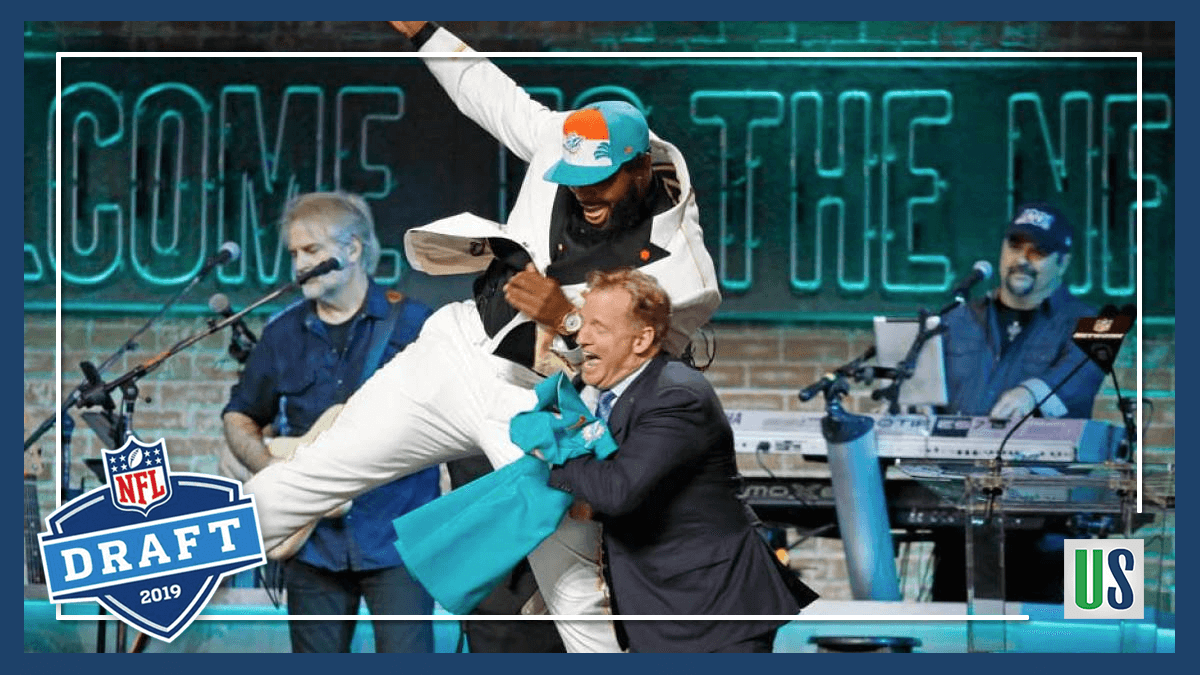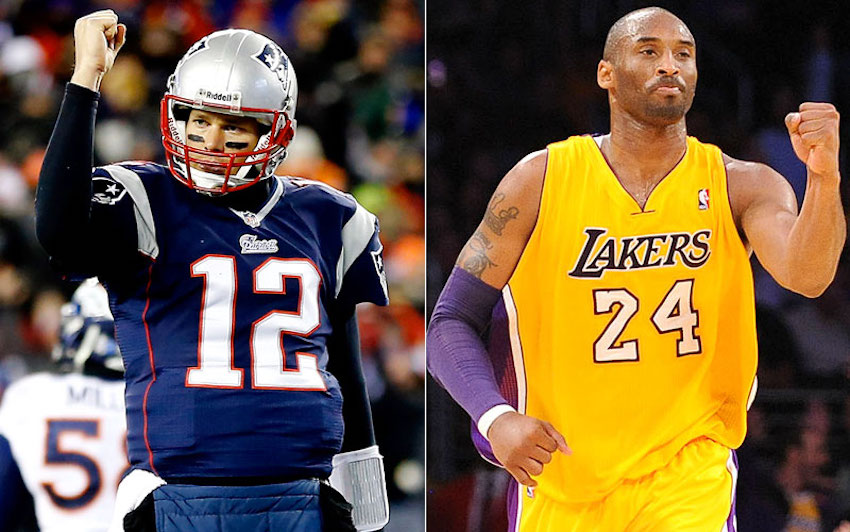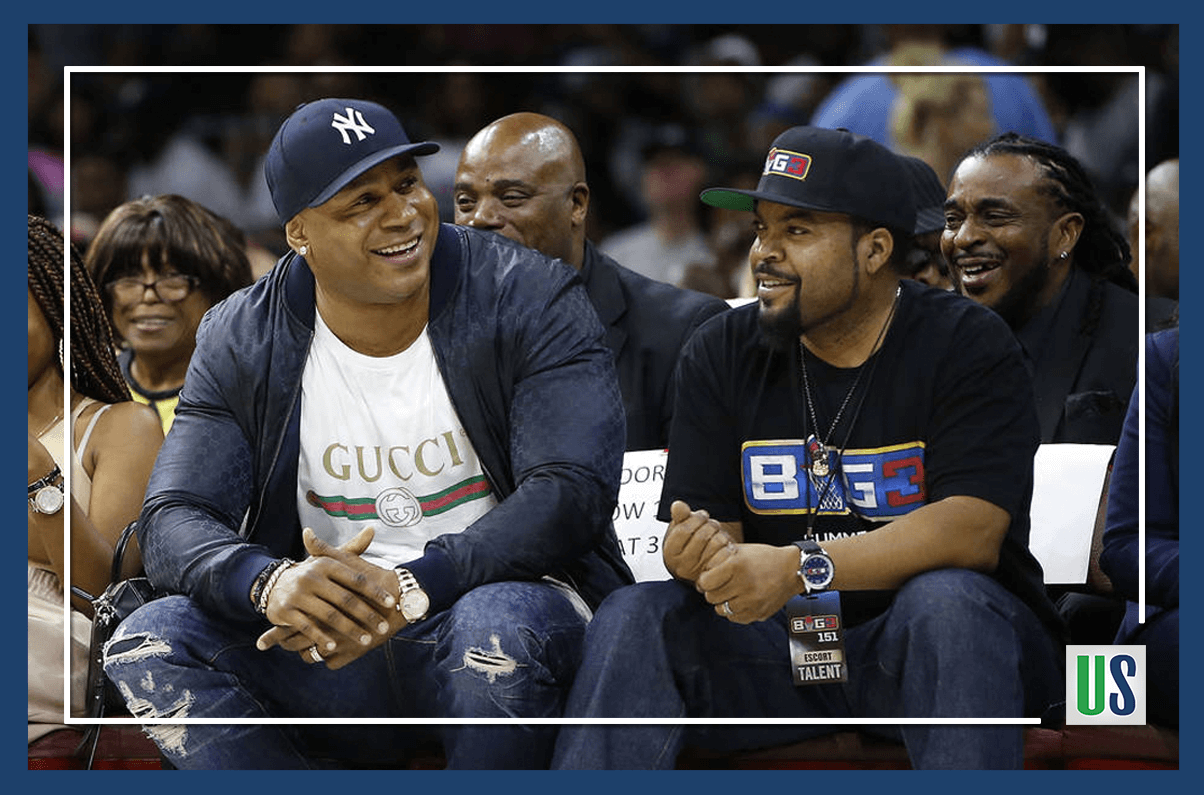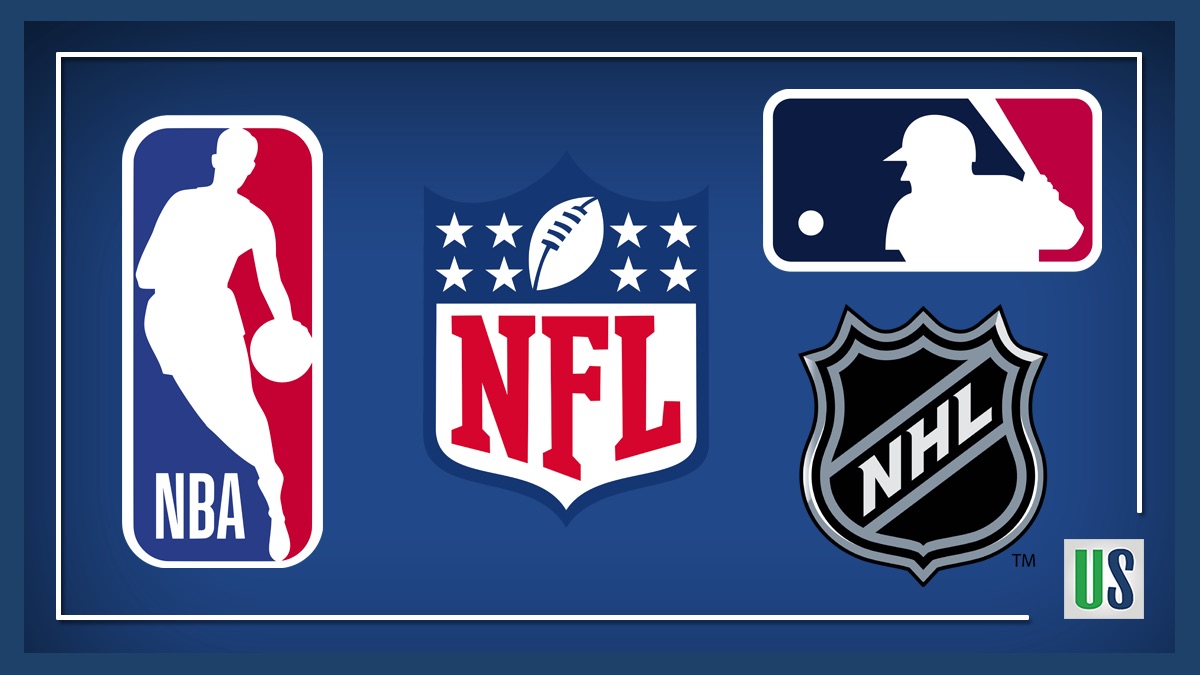America Loves Football
Football. It’s Goliath and America’s favorite sport. Since the 1970’s, America transitioned to loving football more than baseball and its fans haven’t turned back. According to polls in 2018 by Ranker and a Gallup, the NFL is the leading choice for favorite sport by fans. In addition to this, the NFL has led all sports leagues in America, and the world itself, in revenue. But, with declining viewership in 2016 and 2017, political issues, and the expansion of other professional sports, will football reign king in 2030?
In order to find out, this article will review America’s Big-Three:
- The National Football League (NFL)
- Major League Baseball (MLB)
- The National Basketball Association (NBA)
This article will also discuss the rise of the National Hockey League (NHL) and Major League Soccer (MLS).
Major League Baseball (MLB)
Although baseball is no longer America’s Pastime, it has still done very well in recent years. Major League Baseball has seen 16 consecutive years of gross revenue records. “Since 1992, when Bud Selig took over as commissioner on a full-time basis, league gross revenues have grown 377% when accounting for inflation.” In 2018, Major League Baseball totaled 10.3 billion dollars in revenue. Baseball got paid. Even with a four-percent drop in attendance in 2018, its television revenues remained stable while sponsorship increased. In addition, Fox signed a new extension with Major League Baseball that runs from 2022 to 2028 and totals 5.1 billion dollars.
The problem with baseball’s overall popularity is it’s singular nature. Most baseball fans couldn’t care less about any league other than Major League Baseball. College baseball, Triple-A baseball have limited fandom attached. NCAA football and basketball are huge. Soccer has a plethora of different sports leagues spanning the entire globe in addition to the World Cup for both women and men. Basketball also has the NCAA tournament for women and the Women’s National Basketball Association (WNBA). Baseball doesn’t have that. It is an isolated sports league in revenue, views and fans. So it makes sense that many American’s don’t choose baseball as their favorite sport.
However, as far as fans per league go, baseball is still mainstream. As of 2017 data, Major League Baseball, when compared to other American professional sports, had:
- Highest attendance
- Second-most active fans
- Second-most Avid fans
- Second-most fans of any interest
- Second-most television views
- Second-most purchased clothing/apparel with team logos
Will Major League Baseball outgrow the National Football League? It’s highly unlikely. Nonetheless, Major League Baseball revenue, attendance, and television viewership will keep it relevant for years to come.
The National Basketball Association (NBA)
Basketball is attempting to make a major push as a contender. In an interview with CNBC, Washington Wizards majority-owner Ted Leonis compared the NBA to a growing stock. High speed cameras, data, and transparency have set up the NBA for gaming and gambling. Considering the supreme court recently declared sports gambling legal, this is an incredibly smart move by the NBA. The Wizards even broadcasted games on an alternate local channel that was designed for sports gamblers. Including real-time odds and contests may seem insignificant, but attracting a new and growing sports gambling market will set the NBA up quite nicely.
One argument against the growth of basketball is the ratings of the 2017-2018 NBA Finals. Just a few years prior, the 2015-2016 NBA Finals had the best ratings since Michael Jordan and the Chicago Bulls had their second three-peat. The 31 million viewers put Game Seven of the 2015-2016 NBA Finals in elite company. Only two other NBA Finals games, both in different three-peat Championship games of Michael Jordan and the Chicago Bulls, had over 30 million viewers. But in the 2017-2018 NBA Finals, the average viewers dropped nearly 3 million from the previous season.
Perhaps this is due to fans seeing LeBron James and the Cleveland Cavaliers battle Stephen Curry and the Golden State Warriors for the fourth-consecutive season. Fans were bored. It was the same story each year. LeBron dragging a team to the NBA Finals only to lose to the Golden State Warriors wasn’t anything new. But lucky for the NBA, this will be the first post-season without LeBron James since the 2004-2005 season. The 2018-2019 NBA Finals will also be the first LeBron-less finals in nine seasons. This season is different and the parity will be refreshing for basketball followers.
NBA Global Expansion
Ratings aside, the NBA is evolving and pushing worldwide expansion. Striking international broadcast deals and making games/highlights more viewable for international audiences is the NBA’s newest target. The top-five markets for NBA basketball outside the US are China, Austrailia, Brazil, Canada and Mexico. There are currently over 178 million Chinese followers of the NBA across social media channels in addition to over 300 million Chinese basketball players. More than 30-percent of the NBA league pass subscriptions are in Asia. Basketball is also the second-fastest growing sport in India and the league in running Junior NBA schemes across Asia and Australia.
This global expansion is welcomed and operated by owners and players alike. Ted Leonis described international games as business trips. Winning the game was only one part of the goal for players and management. Public appearances, sponsorship meetings and media deals were just as important to the league. Making NBA basketball global has a huge monetary incentive. Creating a larger market allows for a greater chance for sponsors, media deals and merchandise sales. It also increases the likelihood of talent. India and China alone combine for nearly 2.8 billion people. They make up 36-percent of the world’s population. Capitalizing on that market is the NBA’s best chance to compete with the NFL.
The NBA is a strong contender for 2030’s top American sports league. If they continue to press these three goals:
- Capture Sports Gambling Market with Gambling-Friendly Broadcasts
- Increase Talent Pool Worldwide
- Grow International Revenue and Media Deals
The National Hockey League (NHL)
With the expansion to Seattle in 2021, the National Hockey League will have its 32nd franchise, equaling the NFL’s total. Hockey has been growing in the US and making its way across the states. This can be seen by its revenue jump in the past decade. Since the 2006-2007 season, the NHL’s revenue has doubled. Gathering in over 4 billion dollars in revenue in 2017-2018 pushed the NHL to become the fifth-highest sports league in the world in revenue. Expansion to more cities and national growth of fans has been great to the NHL.
Of note, hockey has also seem a substantial increase in youth popularity. While the percentage of 6-12 year olds playing youth football, basketball, baseball, and soccer has declined, youth hockey has seen a 64-percent rise in recent years. There are also roughly 45 thousand high school participants in ice hockey.
From the fans that have been paying attention, it’s no surprise that hockey is on the up and up. However, the idea the NHL will surpass the NFL by 2030 is short of a dream. The NFL brought in roughly three times the amount of revenue. With that being said, the NHL putting itself in the Big-Three by 2030 and edging out Major League Baseball does have a small chance.
Major League Soccer (MLS)
The dark horse of all American sports leagues is Major League Soccer (MLS). Many consider Major League Soccer the little brother (or distant relative) of European soccer. Yes, the Premier League does garner much success, ranking fourth in revenue in worldwide sports league. Yes the MLS has been in the shadow of other professional sports, but it has seen a hockey-like surge. Since 2008, Major League Soccer went from 14 teams to 24 and will have 27 teams by 2021. The league will also name its 28th team next season. Soccer is expanding across cities in the US.
Major League Soccer was also Yahoo Finance’s Business of the Year. Both ticket revenue and attendance were up in the 2018. Global stars like Zlatan Ibrahimovic entering Major League Soccer have drawn support and increased followers of the league.
Most important, Major League Soccer’s 30th anniversary will coincide with the 2026 FIFA World Cup. This World Cup will take place in America. Due to a joint bid for the 2026 FIFA World Cup, games will be played in Mexico, Canada and the United States. In addition, the quarterfinals through the final will all be played in the United States. This will be monumental for Major League Soccer. Hosting the world’s most popular single-sport competition will certainly give Major League Soccer a major boost.
Nevertheless, just like the NHL, Major League Soccer will not be able to compete with the NFL. If it can grow to the revenue currently experienced by the NHL, that would be a large success. But don’t set expectations high for MLS soccer.
The National Football League: The King Stay the King
Following 2017, many thought that the NFL was losing its grip on America. It experienced a drop in ratings in back to back years. But that didn’t last long. TV viewership in 2018 had resurged five-percent from 2017. Sunday Night Football also was the top primetime show seven years in a row. Viewers are no longer an argument against the NFL.
Views aside, its best to review money. If money talks, the NFL is shouting. In 2018, the NFL brought in 13.68 billion dollars in revenue, averaging 427 million dollars per franchise. The 2018 purchase of the Carolina Panthers should also be noted. David Pepper’s 2.2 billion dollar purchase was an 800 million dollar increase from the price paid for the Buffalo Bills in 2014. This revenue increase and demand is associated with commissioner Roger Goodell.
Since taking over as league commissioner in 2005, Goodell has led a revenue increase from 6.5 billion to 13.68 billion dollars. He aims for 25 billion dollars by 2027. Changing league rules, negotiating media contracts and expanding global reach to London and Mexico keeps the NFL at the top.
The introduction of the Alliance of American Football (AAF) and the reintroduction of the XFL will also raise football’s fandom. These leagues will make games more affordable to attend as a gateway to NFL game attendance. They also will act as development leagues for players, schemes, coaches, rules and business. Utilizing them in such a way will provide the NFL exactly what it needs to remain king.
Final Rankings for 2030
As much as some would love the NFL’s top spot to be taken over by 2030, it just won’t happen. Football has a firm grasp on America. Fantasy football was large enough to support “The League” for seven seasons on FX. The Super Bowl is America’s most-watched game. And roughly a third of Americans polled by Gallup picked football as their favorite sport. Football just has too much. Roger Goodell has also proved that he is willing to alter the game each season and push revenue forward for league owners. Ever evolving and popular, the NFL will still be at the top.
With that being said, the NBA will close the gap significantly with the NFL by 2030. International expansion, rising young stars and LeBron’s development with the Los Angeles Lakers will bring the NBA to sports royalty. Two giants competing with one another. Football and basketball will be the Big-Two.
In conclusion, here are my 2030 rankings for America’s sports leagues by revenue with one bold prediction for hockey:
- Big-Two: The NFL (No.1) and the NBA (No. 2)
- Next Up: The NHL (No. 3) and the MLB (No. 4)
- Keep Climbing: The MLS (No. 5)
NBA rises to meet NFL.
MLB falls below the rising NHL.
Soccer still has ground to cover.

























